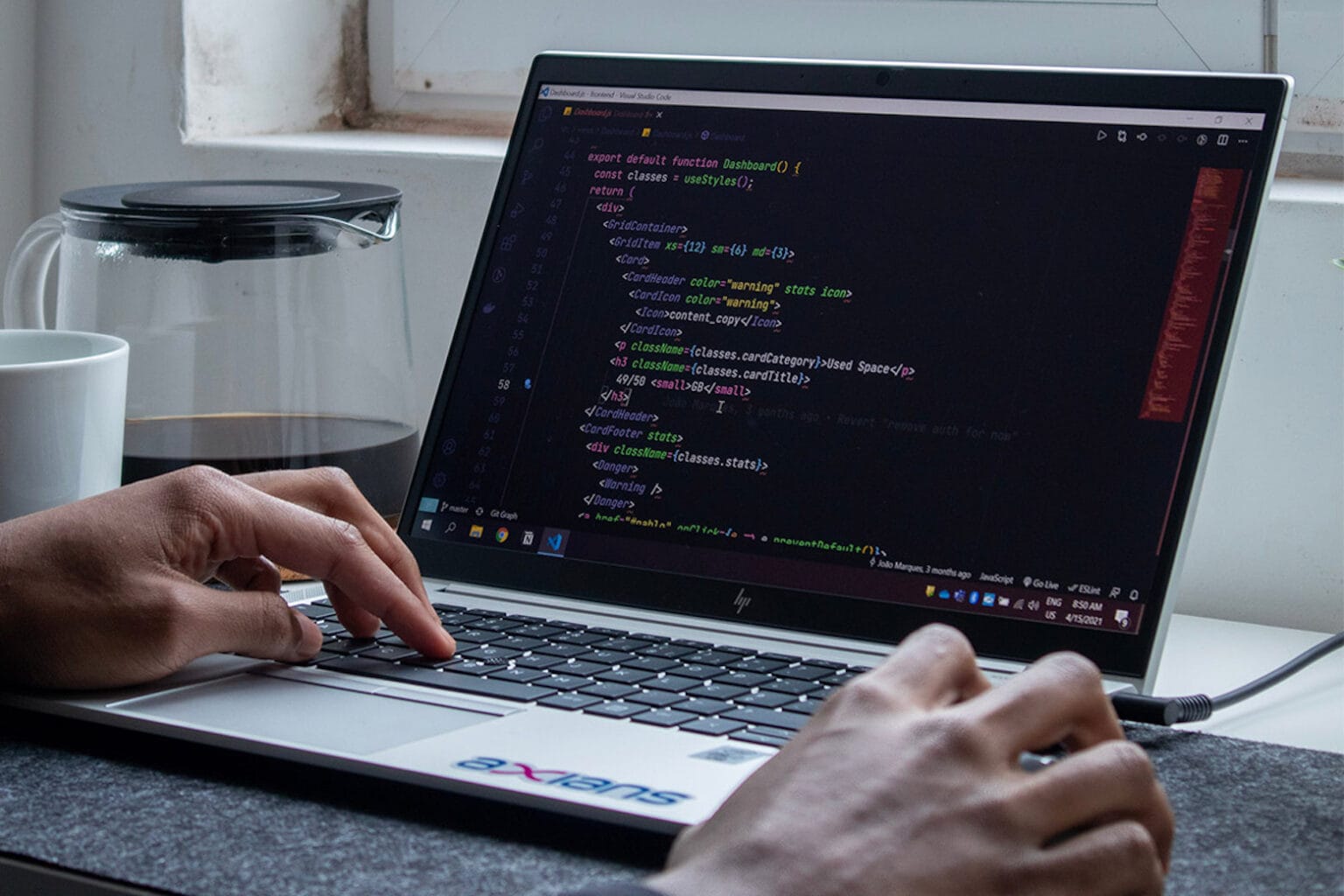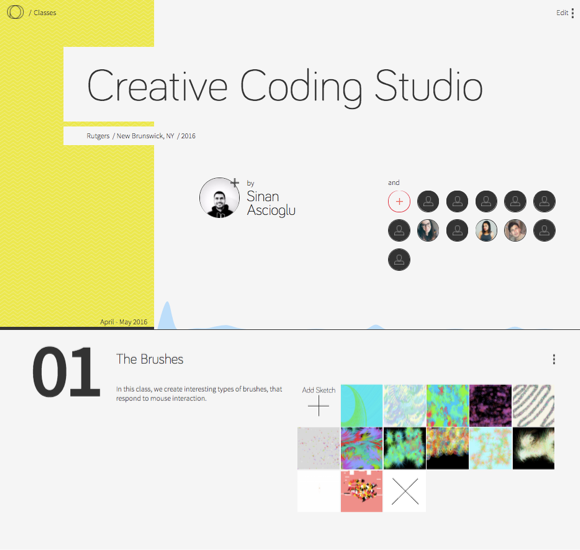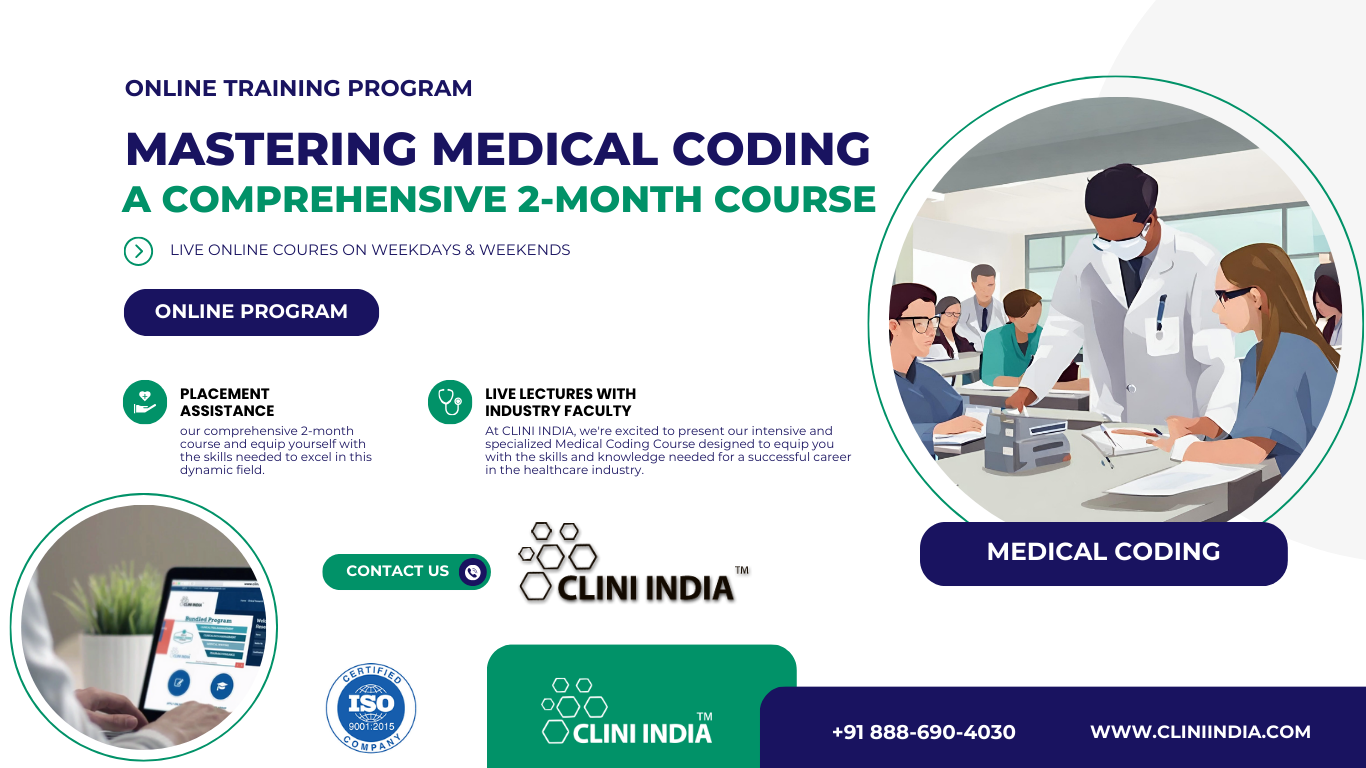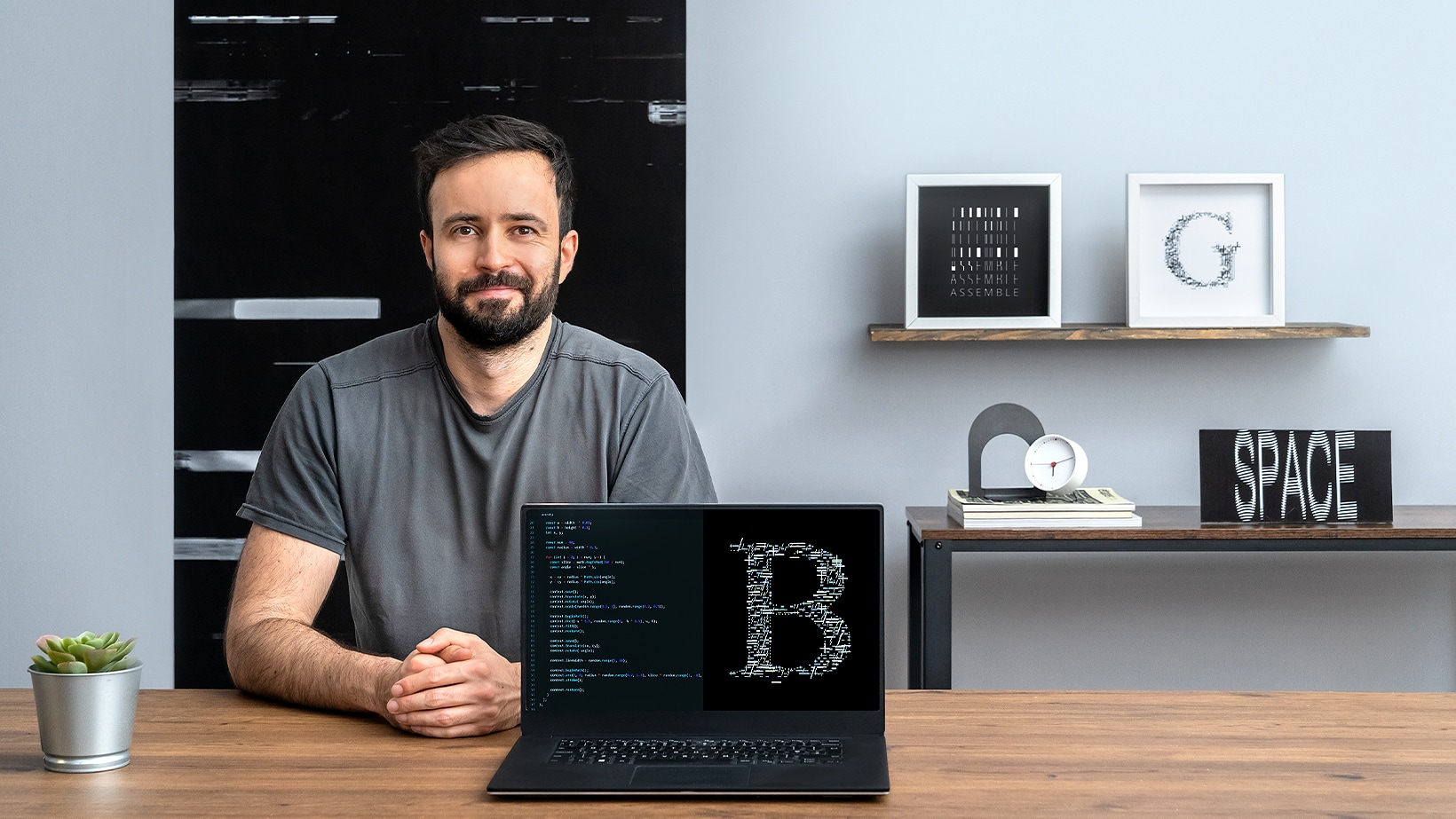Interactive Code Mastery: Learn by Doing

Interactive Code Mastery: Learn by Doing
Introduction
In the ever-evolving landscape of technology, coding has become an indispensable skill. Learning to code is not just about memorizing syntax; it’s about mastering the art of problem-solving and logical thinking. Interactive coding learning has emerged as an effective method to impart these skills, providing hands-on experiences that make the learning process engaging and dynamic.
The Essence of Interactive Coding
Interactive coding goes beyond traditional methods by allowing learners to actively participate in the coding process. Instead of passively absorbing information, learners engage with real-time challenges and projects, gaining a deeper understanding of programming concepts. This hands-on approach fosters creativity and critical thinking, key elements in becoming a proficient coder.
Immediate Feedback and Iterative Learning
One of the standout features of interactive coding is the instant feedback it provides. Learners receive immediate responses to their code, allowing them to identify and rectify errors in real-time. This iterative learning process accelerates skill development, as individuals can adapt and refine their coding techniques based on immediate feedback.
Personalized Learning Paths
Interactive coding platforms often employ adaptive learning algorithms that tailor the learning experience to individual needs. Learners progress through lessons and challenges at their own pace, ensuring that they grasp each concept before moving on to more advanced topics. This personalized approach enhances retention and comprehension, leading to a more effective learning journey.
Gamification in Coding Education
Gamification has proven to be a powerful motivator in various educational contexts, and interactive coding is no exception. Many platforms incorporate game-like elements such as badges, rewards, and leaderboards to make the learning experience enjoyable. This not only keeps learners motivated but also adds an element of fun to the process.
Real-world Applications and Projects
Interactive coding learning extends beyond theoretical knowledge by incorporating real-world applications. Learners are often presented with projects that simulate industry scenarios, allowing them to apply their skills in practical situations. This bridge between theory and application is crucial for building confidence and preparing individuals for the challenges they may face in their coding careers.
Collaborative Learning Environments
Coding is seldom a solitary endeavor in the professional world. Many interactive coding platforms facilitate collaborative learning environments, enabling users to work together on coding projects. This collaborative approach mirrors real-world scenarios, where coding is often a team effort. It encourages communication, teamwork, and the exchange of diverse perspectives.
Continuous Learning and Keeping Updated
The field of coding is dynamic, with new languages, frameworks, and technologies constantly emerging. Interactive coding learning instills a mindset of continuous learning. Learners are equipped with the skills to adapt to new challenges, stay updated with industry trends, and embrace a lifelong learning journey in the ever-evolving tech landscape.
Conclusion
In conclusion, interactive coding learning stands as a transformative approach to mastering the art of programming. With its emphasis on hands-on experiences, immediate feedback, and personalized learning, it provides a robust foundation for aspiring coders. Embrace the interactive coding revolution and embark on a journey of continuous growth and innovation.
To




